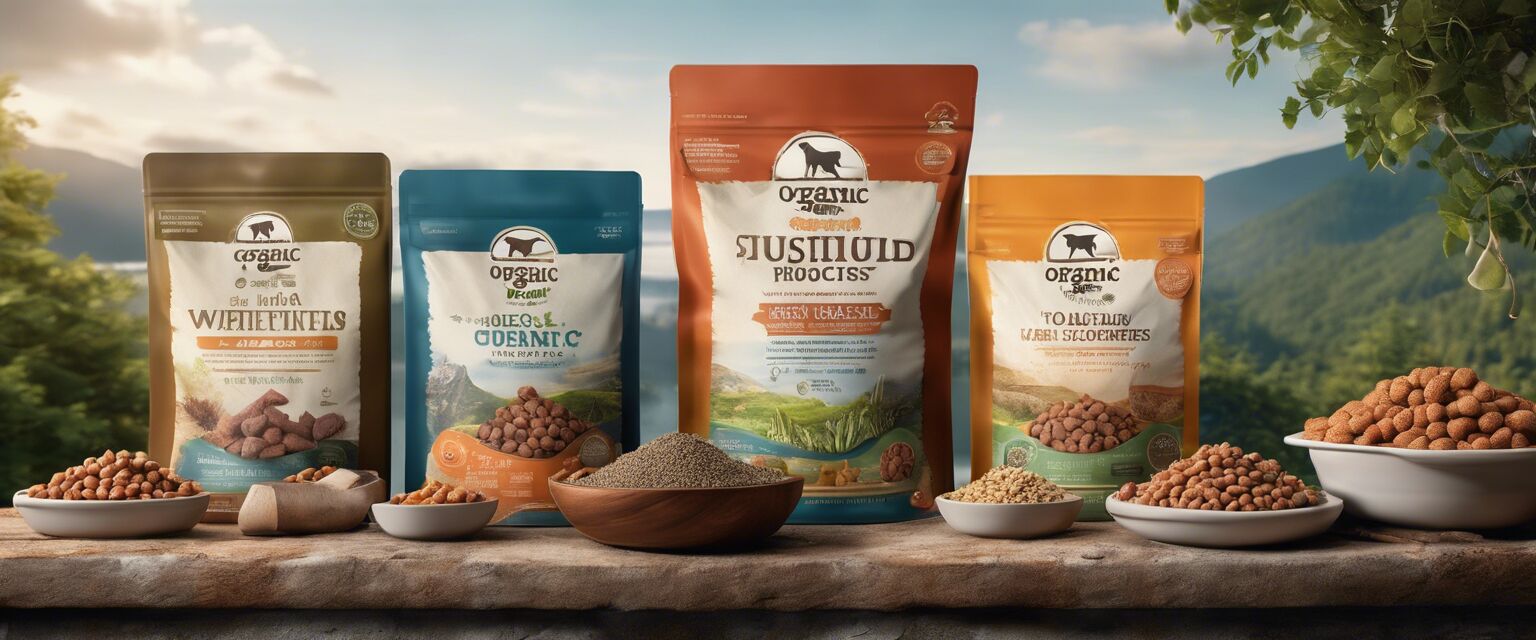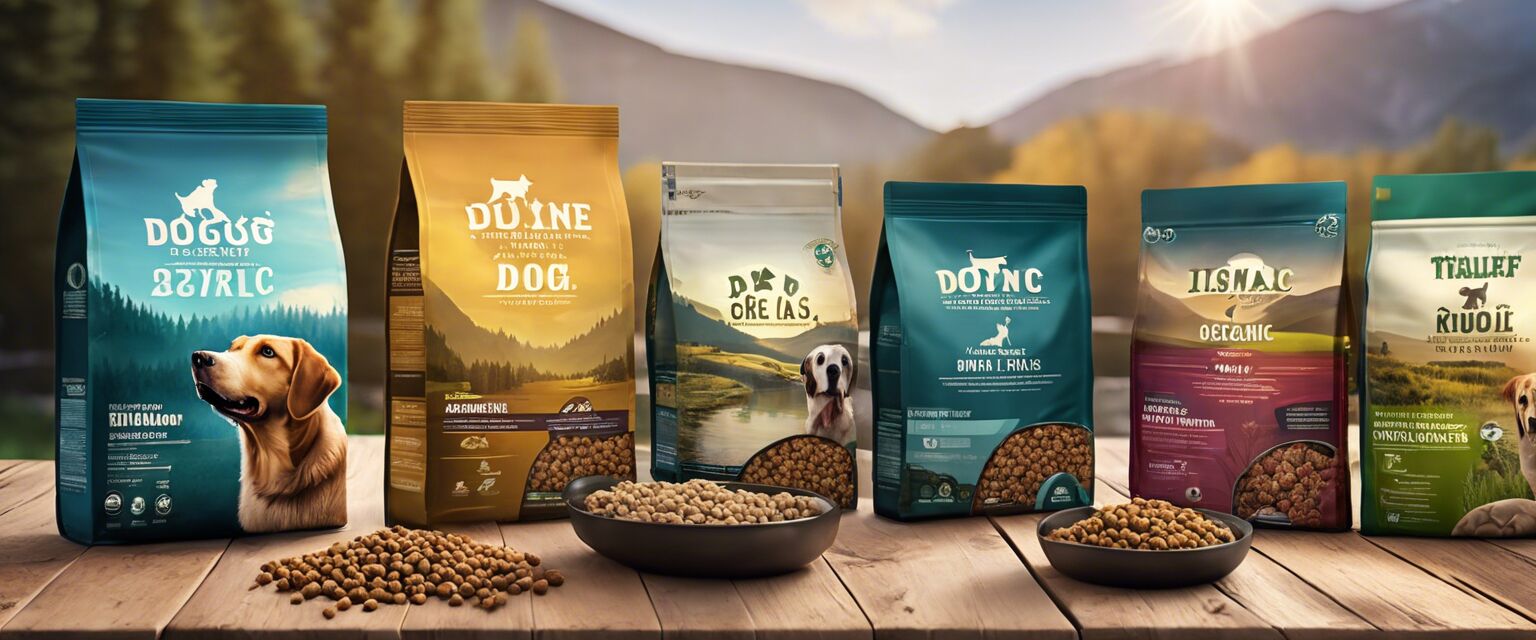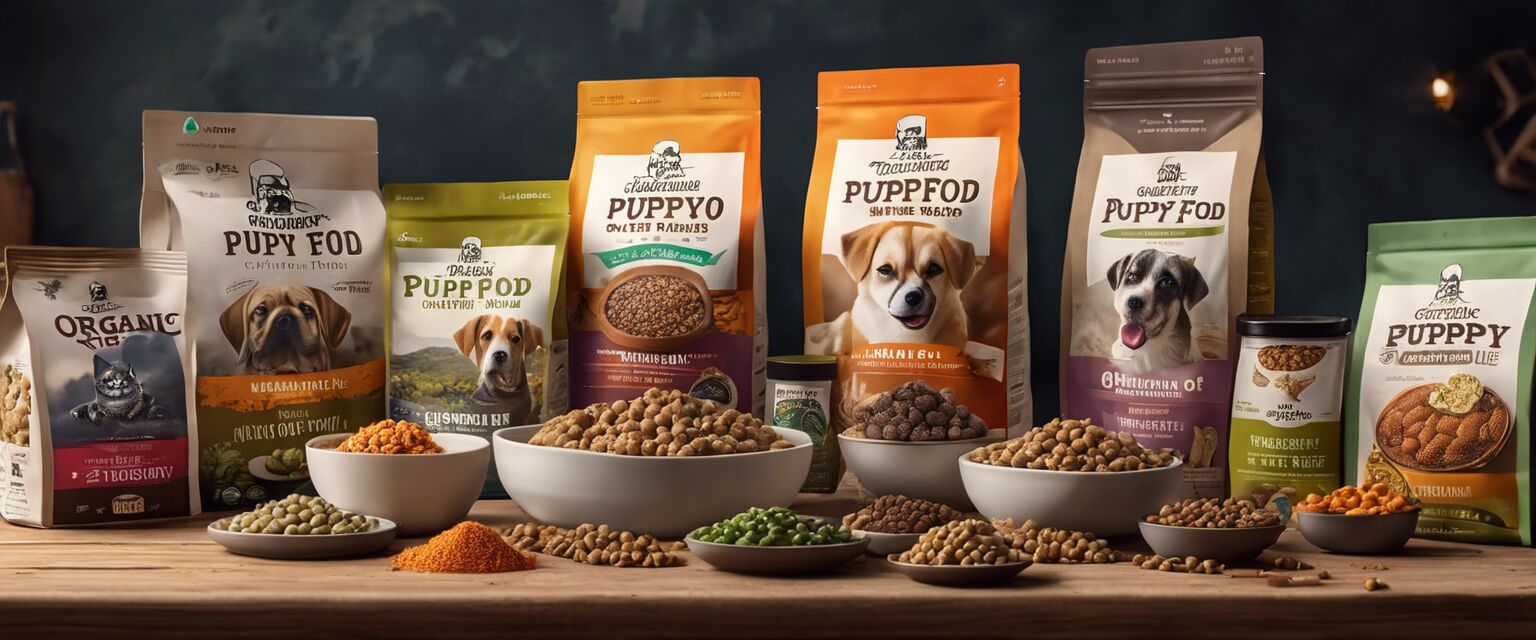
Senior Dog Organic Food
Key Takeaways
- Organic dog food is important for senior dogs' health.
- Ingredients such as Omega fatty acids and antioxidants are beneficial.
- Consulting with a veterinarian can help in choosing the right food.
- Special formulas cater to senior dogs' specific nutritional needs.
As our furry friends age, their nutritional needs evolve just as much as their behavior. Choosing the right organic dog food for senior dogs is essential to ensure they continue living a happy and healthy life. In this article, we explore the best organic food options specially formulated for older dogs, highlighting key ingredients and nutritional benefits.
Why Choose Organic Food for Senior Dogs?
Organic dog food is produced without synthetic pesticides, fertilizers, or genetically modified organisms (GMOs). This ensures a cleaner diet for your dog, free from harmful chemicals. For senior dogs, organic food can improve overall health and manage specific ailments common in older pets.
Key Nutritional Benefits
- Rich in natural ingredients that provide essential nutrients.
- Boosts the immune system with antioxidants.
- Promotes healthy digestion through high-quality fiber sources.
- Supports joint health with Omega fatty acids.
Common Ingredients in Senior Dog Organic Food
| Ingredient | Benefit |
|---|---|
| Organic chicken | High-quality protein source for muscle maintenance |
| Brown rice | Provides energy and is easy on dogs' digestive system |
| Carrots | Rich in vitamins and aids in eyesight health |
| Omega fatty acids | Promotes a healthy coat and supports joint health |
| Blueberries | Rich in antioxidants to boost the immune system |
Popular Types of Senior Dog Organic Food
When looking for organic food, there are various types intended for senior dogs that cater to their specific needs:
- Dry Dog Food: Provides convenience and can help maintain dental health.
- Wet Dog Food: Offers more moisture and can be easier to digest.
- Grain-Free Dog Food: Ideal for dogs with grain sensitivities.
- Senior Dog Food: Formulated specifically for older dogs' unique needs.
Comparative Analysis of Senior Dog Organic Food
| Brand | Type | Key Ingredients |
|---|---|---|
| Brand A | Dry Dog Food | Organic chicken, brown rice, carrots |
| Brand B | Wet Dog Food | Organic beef, peas, sweet potatoes |
| Brand C | Grain-Free Dog Food | Organic lamb, lentils, blueberries |
| Brand D | Senior Dog Food | Organic turkey, quinoa, spinach |
Tips for Choosing the Right Organic Food for Senior Dogs
- Consult your veterinarian for recommendations based on your dog's health.
- Always check the ingredient list â the first ingredient should be a high-quality protein.
- Look for certifications indicating organic quality.
- Consider your dog's specific dietary needs, such as allergies or sensitivities.
Senior Dog Feeding Guidelines
Feeding senior dogs requires adjustments to their diet. Here are some guidelines:
- Feed smaller portions more frequently to facilitate easier digestion.
- Monitor your dogâs weight and adjust food intake accordingly.
- Ensure fresh water is available at all times.
- Avoid sudden changes in diet to prevent digestive upset.
Frequently Asked Questions
What is the best age to switch to senior dog food?
Many experts recommend switching to senior dog food when your dog reaches around 7 years old, but this can vary based on size and breed.
Can I mix organic dog food with regular food?
Yes, you can mix organic dog food with regular food, but itâs important to transition slowly to avoid digestive issues.
Conclusion
Selecting the right organic dog food for senior dogs is essential to maintaining their health and well-being. By focusing on high-quality ingredients tailored to their needs and consulting a veterinarian, you can ensure your dog remains happy and lively, even in the later years of life.
Pros
- High-quality ingredients free from chemicals
- Supports overall health and well-being
- Tailored formulas for senior dogs
- Variety of options available to suit preferences
Cons
- Can be more expensive than regular dog food
- Availability may vary by region
- More research needed to find the best fit for your dog
Image Inspiration









